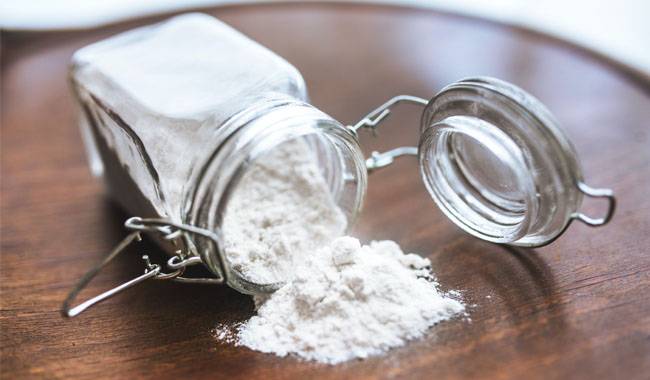
Dolomite powder is one of the popular natural fertilizers. It is highly respected by large farmers, who sometimes use it exclusively on their plots.
This fertilizer is used as a soil deoxidizer, as well as a complete fertilizer with trace elements, and also as a substance that can fight some weeds (in the form of mulch) and even with some species of insects (such as potato beetles).
In this article, we will answer the 10 most popular questions about Dolomite powder.
What is Dolomite Powder?
It is a powder produced from Dolomite, a carbonate crystalline mineral with a snow-white or gray color. In some cases, it may have a more contrasting hue, but the reason for this should be stated on the packaging – perhaps the manufacturer has included additional ingredients. The result of crushing is very fine sand, which is called powder or more often – lime powder.
Its widely available Dolomite powder has a very mild effect on the soil due to its low cost. If we take burnt lime as a similar element, which is rich in calcium and is put into the soil, it is considered more “harmful” because it does not allow various crops to adapt so quickly to practically new soil conditions, which “create” lime.
As for wood ash, the “harmful” effect is minimal, but it is often difficult to choose the best dose of wood ash because the composition of this type of fertilizer is very unstable, depending on the initial burning product (type of tree, etc.).
What are the properties of Dolomite powder?
As we pointed out above, the properties of Dolomite powder allow it to be used as a good fertilizer, as a soil deoxidizer, as a “preparation” against pests and even certain diseases (such as rot).
The most commonly used Dolomite powder is usually made in soil precisely because of its property to deoxygenate the soil, so the flour is characterized by high acidity and is simply not suitable for most crops.
Thanks to the introduction of Dolomite powder, which enhances plant growth and development, many fertilizers that were bound and unavailable to plants in acidic soils have become quite useful for them, meaning that the nutritional value of once acidic soils has increased.
Directly in the composition of Dolomite powder, the main components are magnesium and calcium. Magnesium is beneficial for the photosynthesis process of plants, while calcium stimulates root growth and development.
Dolomite powder is well suited for vegetable crops such as sugar beets, potatoes, onions, and carrots. Thanks to its application, pasture grasses, and even berry shrubs and trees, especially stone cultures, grow better.
The use of Dolomite powder can be used both for the enrichment of the soil for openness and protection, as well as for home pots and fans where it is often used. Usually, Dolomite powder can be used for sandy loam and sandstone, i.e. magnesium deficient soil, in addition to acidic soil.
What is the effect of Dolomite powder?
Due to the effect of neutralizing soil acidity, plants obtain the necessary elements from the soil and develop them fully, the soil itself becomes better structured, its biological and chemical composition is improved, the nutrients in the soil are completely redistributed and the intake of what the plants need for them is improved.
The introduction of Dolomite powder accelerates the metabolic processes of plants and improves the work of photosynthetic apparatus. Harvests collected from plots using Dolomite powder as fertilizer are stored longer and taste better.
All this is due to the ability of Dolomite powder to stimulate the growth and development of the plant root system and improve its immunity.
How do I determine the acidity of the soil to which Dolomite powder is applied?
Planning the application of Dolomite powder should be done after determining the soil composition, i.e. the acidity of the soil. If the pH of the soil is close to alkaline, Dolomite powder may cause some damage by increasing the alkaline reaction of the environment.
The acidity of the soil is determined in different ways. The pH itself is enclosed in a number from 0 to 14, the smaller the number, the more acidic the soil is, and the higher the number, the more alkaline the soil is. Obviously, somewhere in the middle is a value that indicates a neutral soil reaction.
It is best to determine the acidity of the soil in the laboratory by collecting samples from different parts of the site, literally 100 grams in each sample. It is possible to determine this yourself, but in this case, it is easy to make mistakes.
The most accurate “home” method of determining soil acidity is to use a set of litmus paper (usually orange) and a scale on which the acidity levels are marked with different colors – red for acidic soil, green for neutral, and blue for alkaline.
You can buy this kit at a garden store. You will need to take a handful of soil and stir it in a cup of water, then when the cloudiness settles, drop litmus paper into the solution. Next – hold it for 15-20 seconds, take it out of the water and compare the color of the paper with the color on the scale so you can determine the acidity of the soil.
If you don’t have litmus paper on hand and you need to determine the acidity of the soil, you can do this by observation. To do this, examine your plot carefully and if it is growing plants such as plantain, plantain, crocus, dandelion, motherwort, nettle, and gooseberry, then you can safely apply Dolomite powder because the soil needs to be deoxygenated.
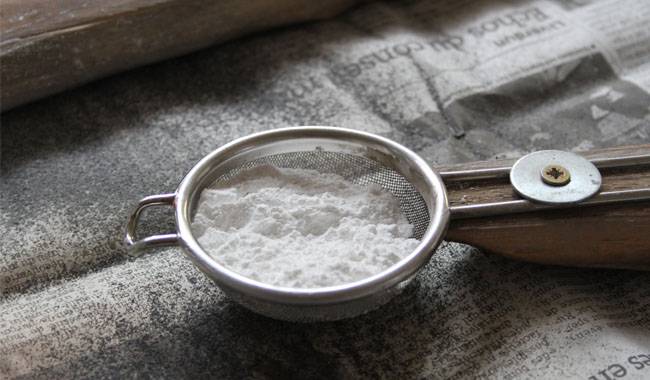
How to apply Dolomite powder?
Once you have determined the pH of the soil and know that it is not alkaline, you can start applying Dolomite powder. Regarding the dosage of Dolomite powder: try to look at the acidity of the soil, for example, if the soil is below 4.0, i.e. the soil is acidic, 60 kg of Dolomite powder per hectare is allowed.
If the pH is between 4.1 and 5.0 and the soil is moderately acidic, the “dosage” of fertilizer can be reduced to 50 kg per hectare. If the pH is between 5.1 and 6, it is slightly acidic, and if Dolomite powder is used as a deoxidizer, about 30 kg of Dolomite powder per hectare can be used.
Also oriented and soil type: Thus, on loess and clay soils, the amount of fertilizer can be increased by 20% for all types of soil acidity, but reduced by the same amount (in %) if the soil has a very light mechanical composition.
On average, a standard gardener of six acres needs 250 to 400 kg of Dolomite powder, and rarely more. By the way, Dolomite powder doesn’t cost much, and if you consider that it is brought in once every four or five years, you are unlikely to notice the money.
But pure Dolomite powder is not the only thing that can be made on-site, it is also readily accepted and mixed with compost, copper sulfate, etc., or a few grams per 10 kg of boric acid powder.
When to apply Dolomite powder?
This fertilizer is acceptable at the beginning of the season, both before and while planting and at the very end of the season, until November.
It is best to sprinkle Dolomite powder directly on the soil surface immediately after harvest. This simple agricultural technique will not harm future cultivated plants but will allow the soil to regain its strength in some way.
Are there any objections to the use of Dolomite powder?
Strange as it may seem, there are those who oppose this method of fertilization. And almost all of those who oppose Dolomite powder do not apply it to the site simply because it is more expensive than quicklime. Can lime really be better and not worth the extra cost? Let’s examine this question.
So, let’s remember what form the calcium in lime is in. Yes – in the form of hydroxide and therefore has a more positive effect on the ground, but the calcium in Dolomite powder – is a carbonate and therefore, it is slower but more accurate (gently) changes the acidity and soil composition.
Therefore, those who by and large do not care what happens to the soil, as long as the result is immediate, can introduce lime, but do not forget that at such a high rate of changing the composition of the soil, you risk reducing the harvest, lowering its quality indicators, moderate storage period, and the plants that absorb nitrogen and phosphorus (when introducing lime) will be weaker than when introducing Dolomite powder.
Of course, it is worth retaining here that it is beneficial only in the case of moderate applications. For example, if a ton (!) of Dolomite powder is poured on six acres of Dolomite powder, it would be able to bind phosphorus so much in the soil that the plants would not get it at all.
What is our result? Those who rushed to change the acidity of the soil and introduced lime should now rest the soil for at least a year, but those who used Dolomite powder have grown beautiful plants in the area. Allowing instant deoxygenation did not happen, but the soil became “digestible” to the plants without any “waiting” period.
How to apply Dolomite powder properly on different crops?
Let’s start with vegetable crops. For most crops, Dolomite powder will be beneficial and it can be applied at the beginning, peak, and end of the season, but potatoes for example may react negatively to the use of Dolomite powder, so make sure that the soil is indeed acidic or moderately acidic before applying Dolomite powder to potatoes.
Dolomite powder can then be used safely as it minimizes scab infestation of potatoes, increases the starch content of tubers, and even reduces potato beetle populations by spreading the powder directly on the soil surface in the potato growing area.
Let’s take it a step further. Garden strawberries. Pure Dolomite powder is rarely applied under it; usually, it is mixed and applied at the very end of the season. About one and a half tablespoons of nitroglycerin mixed with 300 g of wood ash and 200 g of Dolomite powder should be applied to one square meter of the strawberry garden.
Fruit crops, especially drupes, which respond well to Dolomite powder, prefer to be fertilized at the end of the season, in which case one and a half kilograms of Dolomite powder per plant can be made.
As for the cultivation of fruits, but pomegranates, for example, apples, you can apply Dolomite powder every two years, if the soil happens to be acidic, but if it is close to neutral, then it is enough to make a few kilograms under each apple every six years.
For shrubs, again in the fall, 500 grams per plant is enough, spreading it on the edges of the biting zone.
Important note: Be sure to spread Dolomite powder as evenly as possible on the lawn.
When entering the soil and mixing with the soil structure, Dolomite powder will work immediately to enrich and deoxygenate the soil, thus improving the soil structure.
What are the risks of over-application of Dolomite powder?
Yes, Dolomite powder application can also occur in excess and may even lead to plant death. To avoid this, always clarify the pH value of the soil before spreading Dolomite powder; if this value is higher than 6, it is better to postpone the application of Dolomite powder or use an absolutely safe dosage such as 250-300 grams per square meter of soil.
It should be noted that not all fertilizers can be combined with Dolomite powder, e.g. ammonium nitrate and urea are best not made, do not like Dolomite powder, and are made in combination with organic fertilizers.
But how to do it? You will be surprised that there is no organic matter in the region.
If you like to make organic fertilizer as a firm rule, then apply it as a separate fertilizer, for example, Dolomite powder at the end of the season, organic fertilizer in early spring, or directly before frost and snowfall.
Are there crops that do not like Dolomite powder?
Yes, those that like acidic soil are the well-known blueberries, sundews, and cranberries.
Conclusion
In conclusion, it is highly likely that the use of Dolomite powder will have a positive impact on the soil and plants. If you follow our recommendations, you can increase your yield by a quarter, not in one year, but in two to three seasons.
That’s all we wanted to tell you about Dolomite powder, which is a white or gray powder. If you still have questions, please feel free to ask them in the comments.




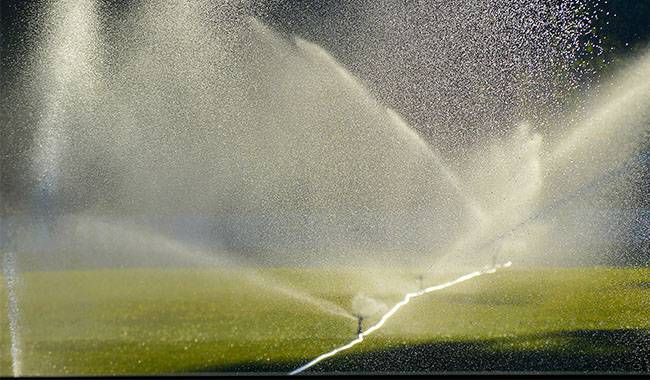
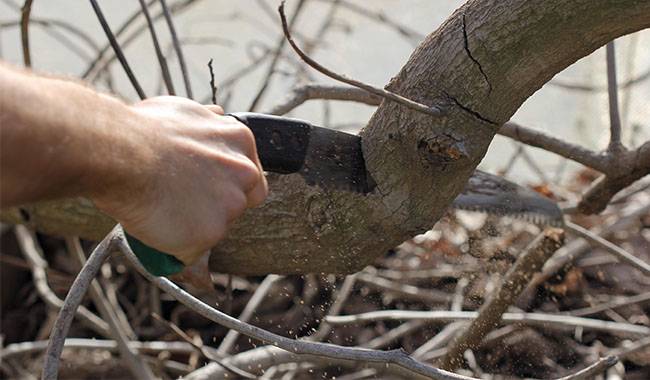
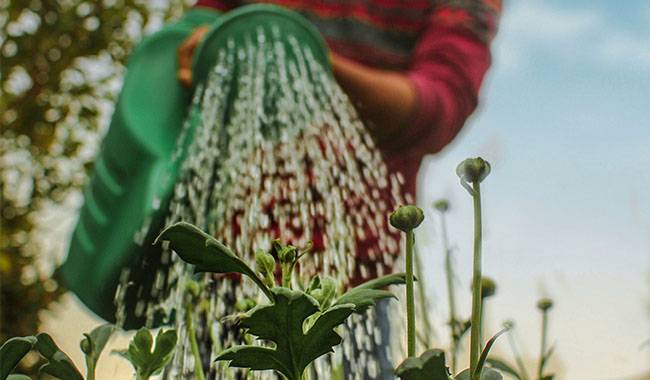
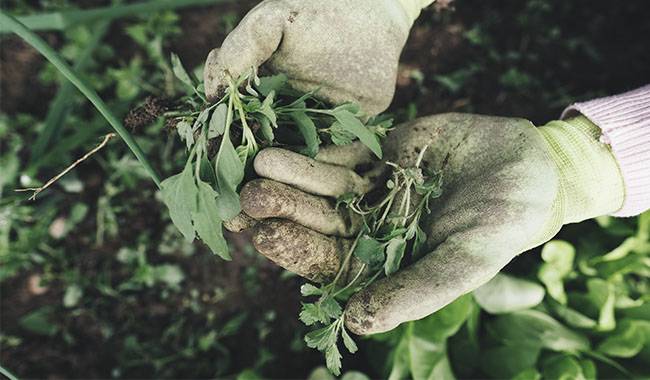
Thank you for explaining how to use dolomite properly. My friend has been thinking about using it for gardening. I’ll have to pass this on to her so that she can get an idea of how to use it.
Is dolomite powder mentioned here the same as Dolomite sand sold as a construction material in a sand and gravel supply store? I read the dolomite sand is unsafe for marine life, and for humans if inhaled. Is dolomite sand from the construction material store safe to use in place of the dolomite powder mentioned here?